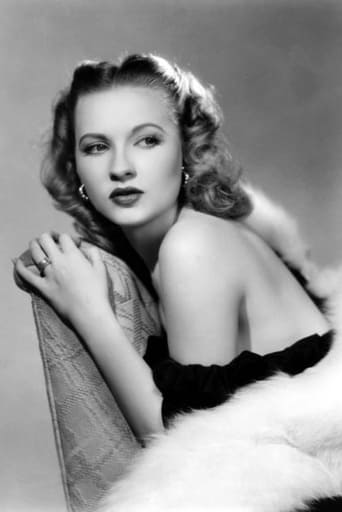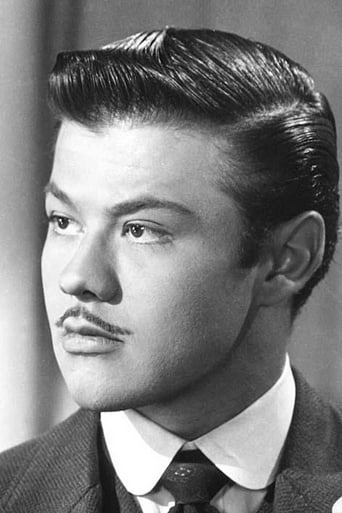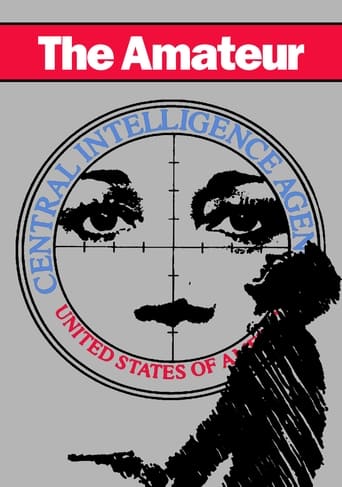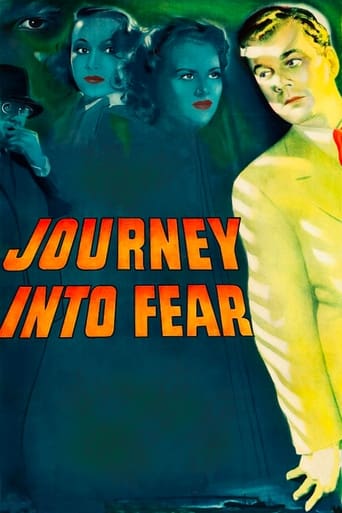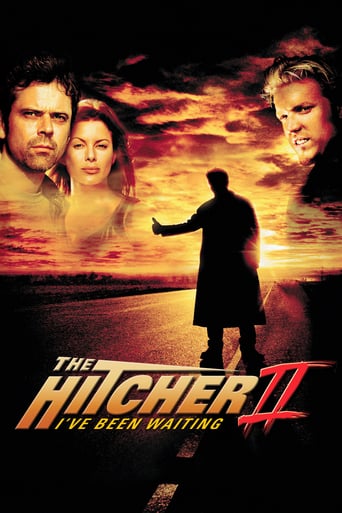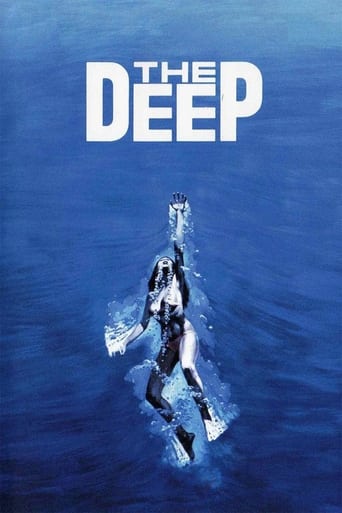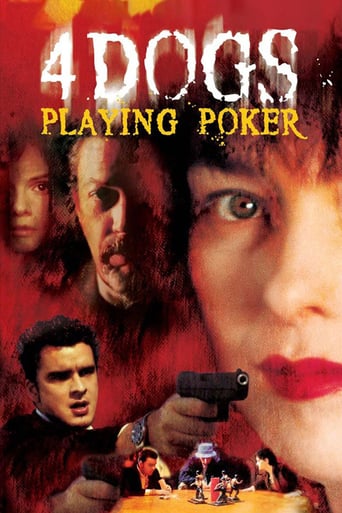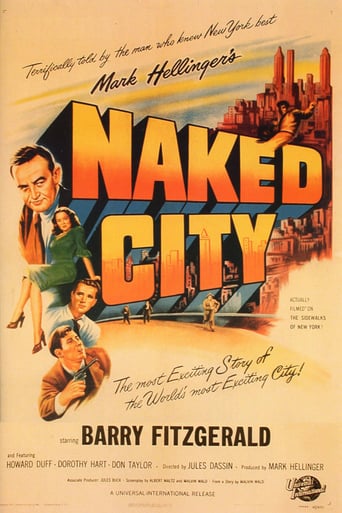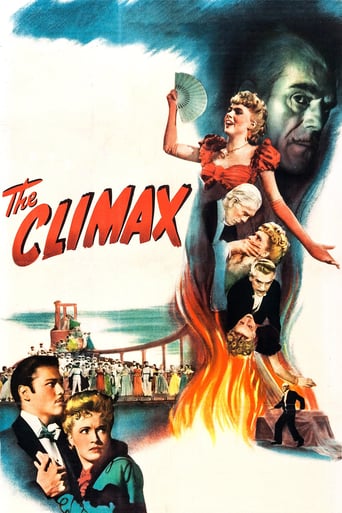
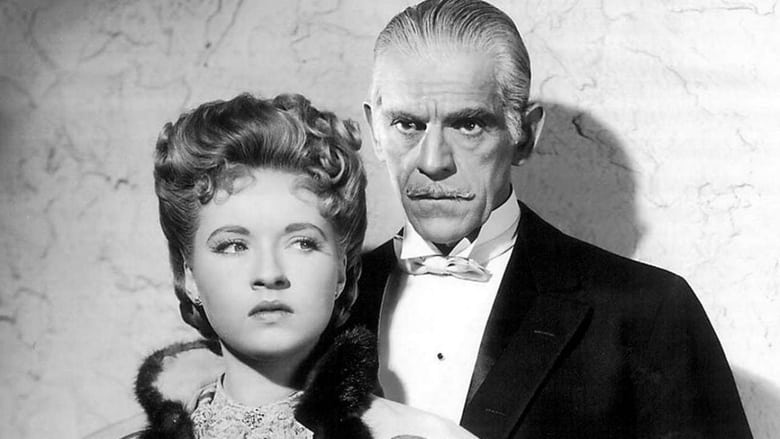
The Climax (1944)
Dr. Hohner, theatre physician at the Vienna Royal Theatre, murders his mistress, the star soprano when his jealousy drives him to the point of mad obsession. Ten years later, another young singer reminds Hohner of the late diva and his old mania kicks in. Hohner wants to prevent her from singing for anyone but him, even if it means silencing her forever.
Watch Trailer
Cast
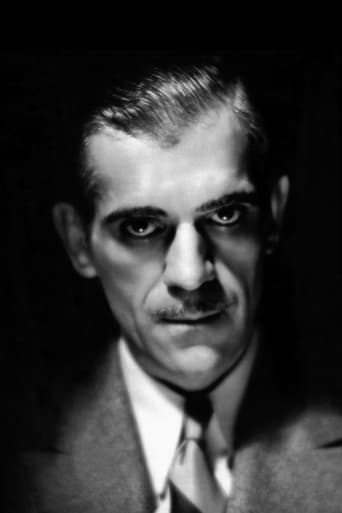


Similar titles
Reviews
Great Film overall
A different way of telling a story
It's entirely possible that sending the audience out feeling lousy was intentional
At first rather annoying in its heavy emphasis on reenactments, this movie ultimately proves fascinating, simply because the complicated, highly dramatic tale it tells still almost defies belief.
NOTES: Nominated for a prestigious Hollywood award for its color sets, but lost to Wilson. Locke's play opened on Broadway at Weber's on 12 April 1909 and ran a very satisfactory 240 performances. A four-character play, it starred Leona Watson, Effingham A. Pinto, Albert Bruning and William Lewers, produced and directed by Joseph Weber. Universal made a film version in 1929, with Renaud Hoffman directing Jean Hersholt, Kathryn Crawford, Henry Armetta, LeRoy Mason and John Reinhardt.COMMENT: As the trailer makes exceedingly plain, The Climax is an unashamed attempt by Universal to cash in on its 1943 success with Phantom of the Opera. Not only is the setting basically the same (indeed the same opera set was used), but the trailer tells us this new movie is "in the tradition of Phantom of the Opera" and it stars "Susanna Foster, the lovely songbird from Phantom of the Opera" opposite "Boris Karloff, the highly acclaimed star of Arsenic and Old Lace." It's a movie "of spectacle and color" (as indeed it is) with "a monster of psychological horror" (not exactly plain English, but you get what they mean). Some classic clips of subtle Doctor Karloff menacing the heroine follow: "I've come to help you, my dear." Oh, boy! Nobody can pack as much menace into a simple sentence like that than bad old Boris! Definitely the screen's number one heavy.OTHER VIEWS: Lavish sets, hundreds of extras and expensive Technicolor photography lift a potentially dull hypnotism-come-theater piece into first-class entertainment. Not to mention the sterling efforts of the players. Karloff, making a return to the screen after a highly acclaimed two-year stint on Broadway in Arsenic and Old Lace, has another of his marvelously chilling "Don't be frightened, my dear" characterizations, and there is an equally fine support cast led by Jane Farrar and June Vincent. As for our songbird lead, she certainly looks pretty enough and is most attractively costumed in period dress, but her voice (at least in the print under review at our Hollywood Classics screening) is rather too stridently recorded. - JHR writing as George Addison.
Master of terror Boris Karloffs' first colour feature was this Technicolour marvel, a triumph of production design, if nothing else. It's highly debatable that it could be considered a horror film at all; it really plays more like a Victoria era psychological thriller. The music, singing, and staging is first rate, and the performances are impressive. It might not appeal too much for genre fans looking for stark atmosphere, murder set pieces, or straight suspense. Of course, if one is a fan of the opera, they'll have a head start on appreciating "The Climax".Boris plays Dr. Friedrich Hohner, a physician for an operatic troupe. 10 years ago, he was obsessed with its star, Marcellina (June Vincent), and wanted to keep her and her voice all to himself. She didn't see things his way, so he offed her and hid away her body; nobody was the wiser. Now, a fresh new face named Angela Klatt (Susanna Foster) whose beautiful soprano voice is eerily reminiscent of Marcellinas' has come to the doctors' attention. He similarly becomes obsessed with her, and does everything in his power to possess her.Boris once again does a masterful job, and the other actors all have their moments to shine. Foster is immensely appealing, and Turhan Bey is likewise engaging as her fiancée. (He has one hilarious WTF moment when, elated by one of her performances, he begins to gnaw on his programme!) George Dolenz is funny as the egocentric male star Roselli. Gale Sondergaard, Thomas Gomez, Ludwig Stossel, and Jane Farrar round out this superior cast."The Climax" is somewhat slowly paced (those musical numbers do tend to dominate), but the story is reasonably entertaining and the actual climax to this film does bring the house down.Six out of 10.
Boris Karloff stars in his first color feature, playing Dr. Hohner, the physician to the Vienna Royal Theater who one day, in a fit of insane jealousy, murders his mistress, who was also the star singer of the theater. He gets away with it, but ten years later, a new singer(played by Susana Foster) reminds him strongly of his long ago love, and so plots to keep her for himself using hypnosis to convince her to sing only for him, though her fiancée(played by Turhan Bey) gets wind of this and tries to save her... Despite Karloff, this is a dismayingly slow, turgid film, with too much singing and no suspense. Color is wasted here, as is Karloff, in one of his worst films.
In Karloff's first color film, producer-director George Waggner hoped to duplicate his previous Success of Phantom of the Opera. He united him with its star Susanna Foster and used the same Phantom stage. Climax was a remake in 1944, the role and plot was enlarged to create an elaborate costume vehicle for Karloff and the Technicolor camera. THe CLIMAX starts off on a fine ghoulish tangent, but soon wanders off the straight, narrow and creepy path onto a sidetrack of conventional boy-girl doings with Karloff turned more than a little ridiculous among a group of harmless music lovers whose member includes a boy king. George Waggner, the director, knows a thing or two about the color camera. For Karloff's flash-back memories he uses a circle in clear focus in the center of the screen, surrounded by blurred, varicolored light.. THE Climax has too much difficulty deciding whether to keep its mind on music or murder.


